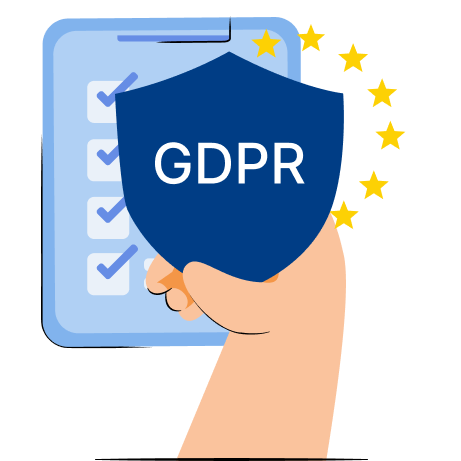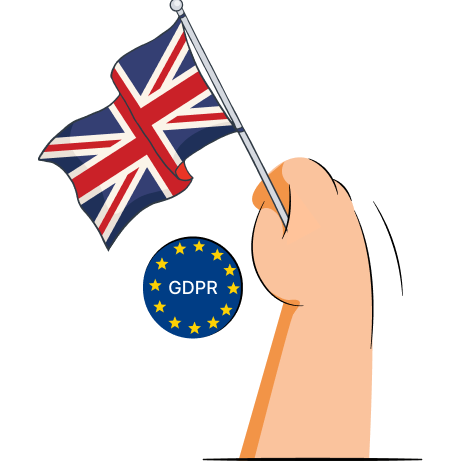How to write a privacy policy?
When writing a privacy policy, it should be compliant with the privacy regulations applicable to your audience, whether it’s GDPR for EU citizens or CCPA for Californian website visitors.
The essence of a privacy policy is that it has to be written in simple and plain language to make it as easy to understand as possible. It also has to be easily accessible to every user that visits the site as users have to be aware of what they’re agreeing to.
To write a compliant privacy policy, here are the main points that should be covered:
- Effective date. Include the date when the policy becomes in effect.
- Website’s owner(s). Mention the contacts of the organization or its representative.
- Data collection purpose. Explain why data is collected on a legal basis.
- Collected data. List all user data that is collected and how it is done.
- Expiry date. The policy must state for how long the data is collected.
- Third-party data sharing. You must explicitly explain what, if any, third parties will receive the personal data of users.
- User rights. List all rights that users have under this privacy policy and privacy regulations like GDPR, LGPD, PIPEDA, or CCPA, such as the right to know, the right to opt out, and more.
- Updates. Inform users how you’re going to let them know about any changes happening to the privacy policy.
You can use the official GDPR privacy policy template to set up a compliant legal agreement. Alternatively, Shopify also provides a free privacy policy generator.



